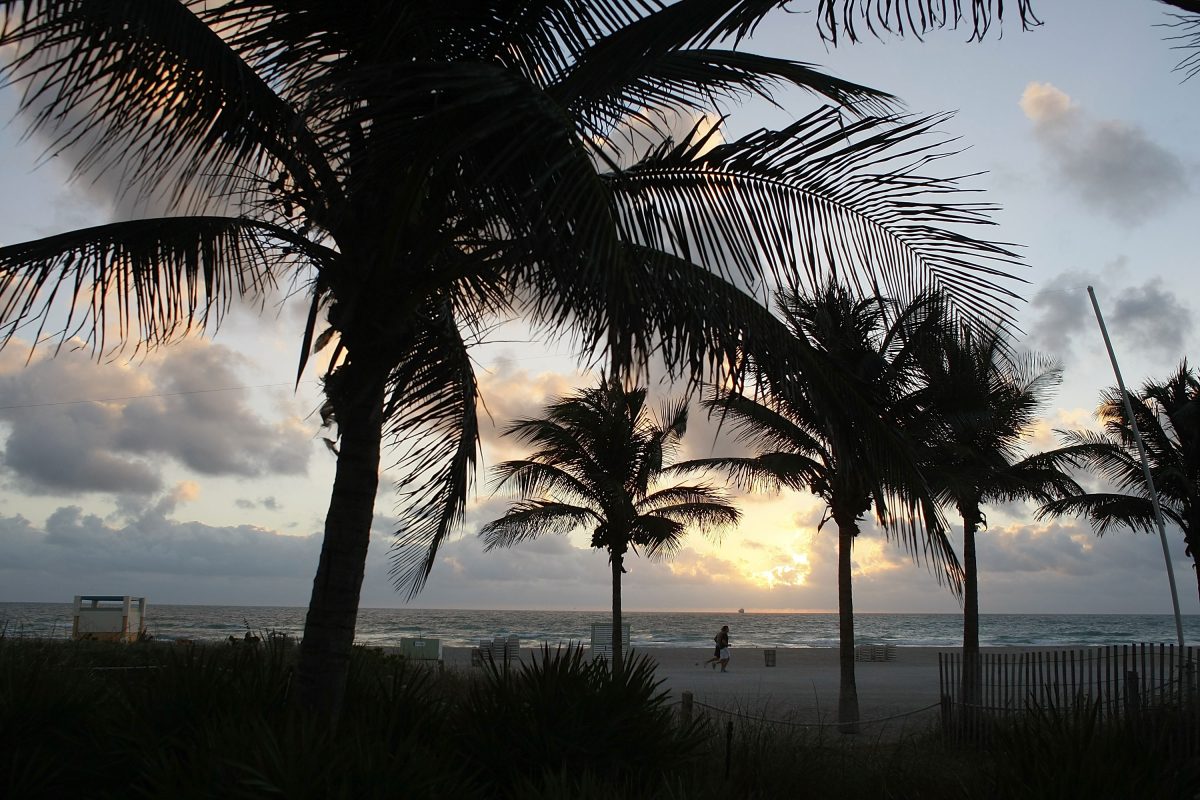Coastal communities often depend on natural barriers, like mangroves and coral reefs, to aid in flood reduction during tropical threats like hurricanes.
In South Florida alone, reefs are worth an estimated 650 million dollars a year in avoided damages due to flooding.
As climate change intensifies, these impacts on coastal communities worsen. The stronger storms and rising sea levels lead to life-threatening storm surge and enhanced flooding.
For the past few years, four scientists at the University of Miami have been conducting research to mitigate these effects through green engineering innovation.
Get South Florida local news, weather forecasts and entertainment stories to your inbox. Sign up for NBC South Florida newsletters.
The system, called SEAHIVE, is a marine and estuarine shoreline protection system that employs an artificial structure to dissipate wave energy before it makes it to the shoreline.
Dr. Landolf Rhode-Barbarigosis is the engineering lead on SEAHIVE and explains the design as “hollow prisms with perforations on their side that we use to protect the shoreline from the action of waves.”
“You can think of them as your speed bumps. They'll slow down the waves as they come across before they hit the shoreline”, added ecology lead Dr. Diego Lirman.
Local
In southeast Florida, reefs naturally sit far offshore, and while they provide a thriving ecosystem, they don’t provide the extra protection for the coastline and its residents.
“They are far away from shore, and they're deeper; they’re not benefiting the shoreline in terms of coastal resilience. So that's why we're trying to develop efficient artificial hybrid structures to bring in healthy reefs closer to shore and shallower water,” adds Dr. Lirman.
The environmentally friendly and cost-efficient structure is made up of concrete hexagonal tubes stacked together.
What sets this green engineering endeavor apart is that living corals can be out-planted on them to further amplify their impact and create a long-lasting reef offshore.
According to NOAA, a healthy coral reef can absorb 97% of the wave energy from storms and hurricanes, helping protect people and property.
University of Miami Coral expert, Dr. Andrew Baker, says that “the advantage of this kind of hybrid solution of bringing together sort of manmade structures with nature-based structures is the nature-based component, essentially makes those structures self-repairing, self-growing, self-healing.”
Dr. Brian Haus echoed the idea that this project has long-term goals aimed at alleviating climate change impacts by saying, “Something that has corals that can potentially grow and keep up with climate changes that you actually, you know, you can add on reef material over time.”
For the project to be successful long-term, Dr. Baker and his team are working to ensure that the out-planted corals can thrive in a warming climate. “How can we generate corals that are more firmly tolerant, that are going to be better suited to be the restored corals of the 21st century so that we don't plant out these corals and see them all bleach and die the next time we get a really warm summer,” says Dr. Baker.
“We all see the effects of climate change. We know that we're in a hurricane-prone location. We know that we care about the environment. We're in Miami. We love our environment. So the reason why we are doing it for the next generation,” stresses Dr. Landolf Rhode-Barbarigosis.
Three SEAHIVE projects are currently under permitting across South Florida; a green engineering seawall alternative in North Bay Village, a seawall/mangrove planter in Pompano Beach, and a hybrid coral reef offshore of Miami Beach.



